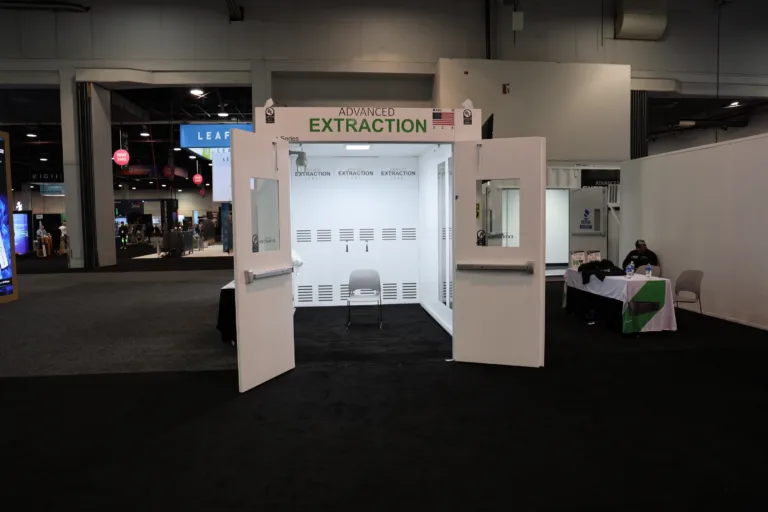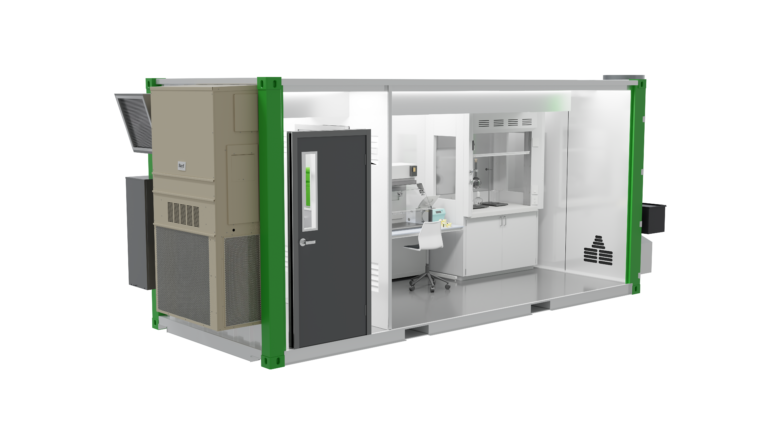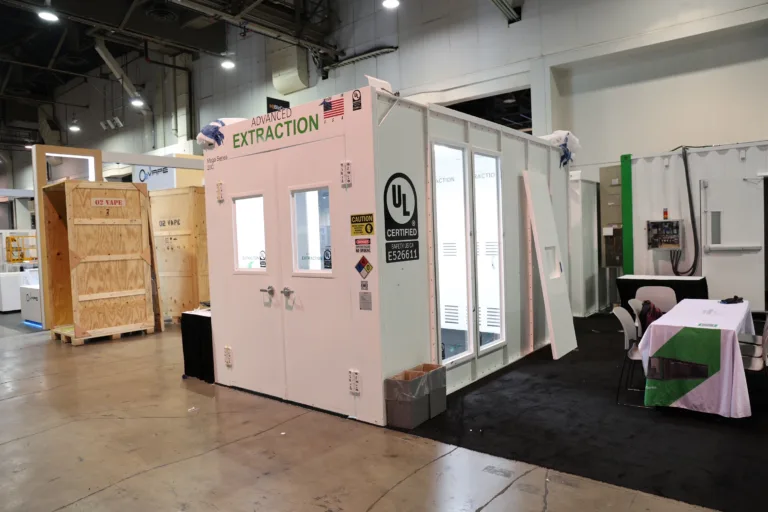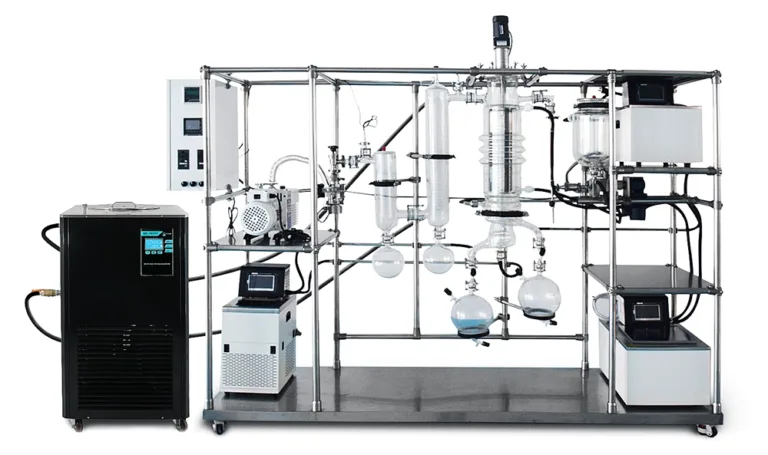In today’s rapidly evolving construction landscape, enhancing safety through technological advancements in blast-resistant design is more critical than ever. This blog explores the latest trends and technologies that are setting new standards for building safety in high-risk environments.
Understanding Blast Resistance:
Blast-resistant design focuses on strengthening structures to withstand explosions from natural, industrial, or intentional causes. Innovations in this field are crucial for industries such as oil and gas, chemical manufacturing, and military applications, where the potential for explosive hazards is high.
Recent Technological Advances:
- Material Innovations: New composite materials and ultra-high-performance concrete (UHPC) offer greater resistance to blast pressures, significantly enhancing protective capabilities.
- Design Techniques: Computational modeling and simulation have revolutionized the planning stages, allowing engineers to predict and mitigate potential impacts effectively.
- Construction Methods: Modular construction with pre-tested blast-resistant units is becoming more prevalent, providing both speed and safety in building assembly.
Integration of Safety and Aesthetics:
Advances in technology not only improve safety but also allow for more aesthetically pleasing designs. Engineers are now able to incorporate blast-resistant features without compromising the visual appeal of buildings, making safety a seamless aspect of architectural design.
Global Standards and Regulations:
Adherence to international safety standards, such as those from the ISO and ASTM, is vital. These standards ensure that the technologies used in blast-resistant construction meet global safety benchmarks.
Case Studies:
Real-world applications of these technologies demonstrate their effectiveness. For example, new oil refineries and chemical plants incorporate these designs from the ground up, significantly reducing potential damage and ensuring continuity of operations during emergencies.
The Role of Advanced Extraction Labs (AEL):
While primarily known for their extraction labs, AEL also contributes to the field of blast-resistant technologies by incorporating these advanced safety features into their modular lab designs, ensuring that even facilities handling volatile substances are protected against explosions. See more here.

Conclusion:
The field of blast-resistant design is rapidly advancing, bringing new levels of safety and efficiency to industries around the world. By staying informed about these trends, businesses can better prepare and protect their operations from unforeseen disasters.
Further Reading and Resources:
For those interested in deeper insights into blast-resistant technologies and standards, professional journals and organizations like the American Society of Civil Engineers (ASCE) offer extensive resources and publications.







